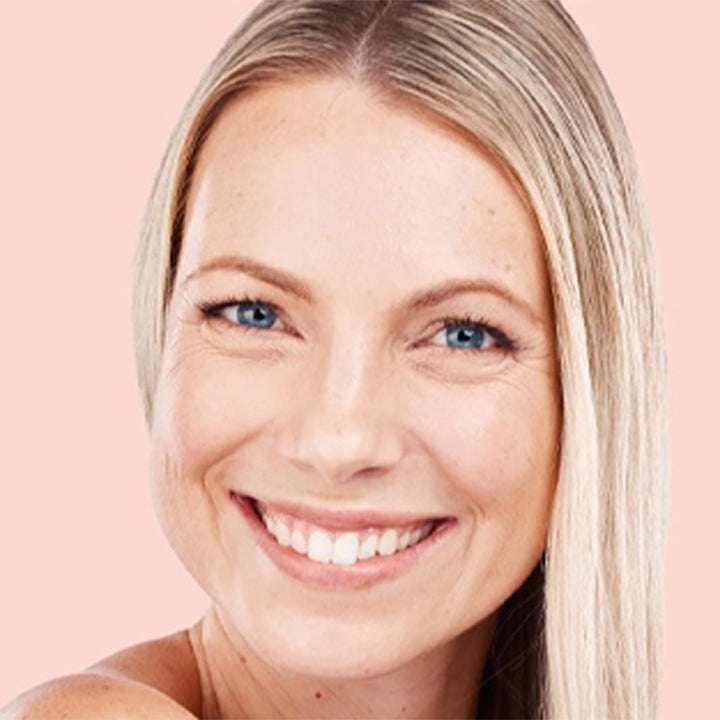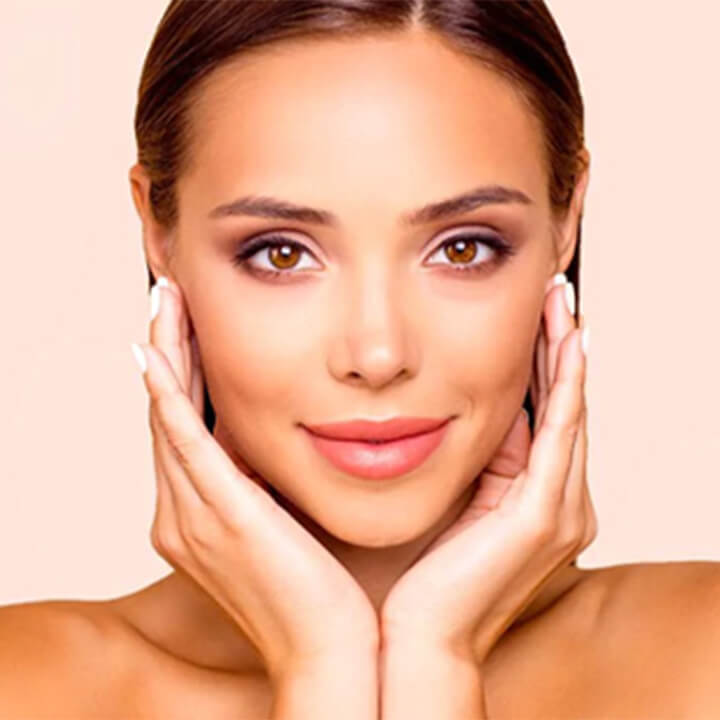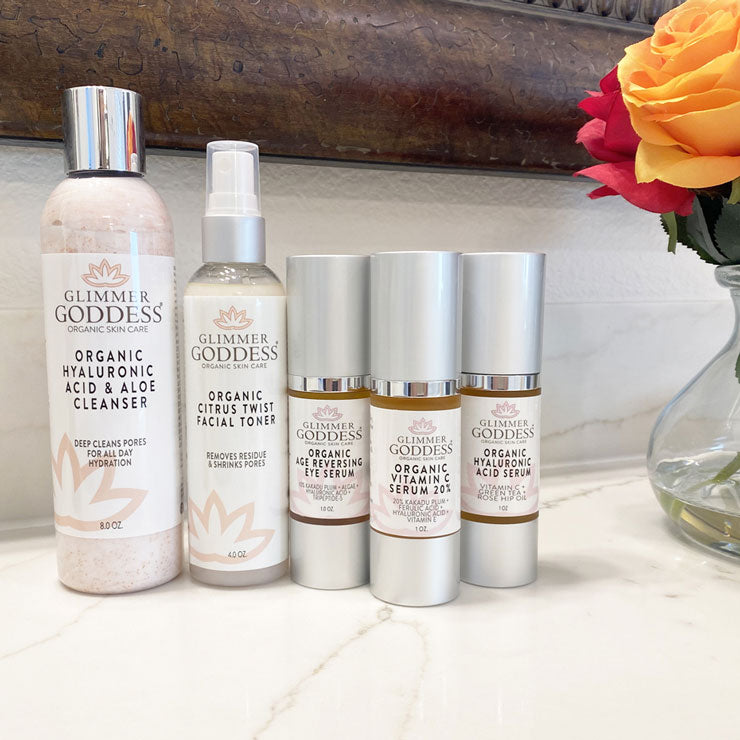How to Read Skincare Labels & Spot Greenwashing
How to Read Skincare Labels & Spot Greenwashing
Choosing clean formulas gets a lot easier when you can confidently read skincare labels. From INCI lists and actives to marketing claims and symbols, this guide shows you how to read skincare labels step-by-step—and how to spot greenwashing so you can shop smarter. We’ll also link to ingredient explainers and real Glimmer Goddess product pages so you can put your knowledge to work right away.
New to this lifestyle? Start with the pillar: Living the Clean Beauty Lifestyle.
Step 1 — Find the INCI List and Read It Like a Pro
Most skincare labels list ingredients in descending order by concentration until about 1%, after which order may vary. Scan the first 5–8 ingredients—they drive most of the product’s feel and function. If a hero active is buried at the very end, it may be present at a minimal level.
- Humectants (water-binders): hyaluronic acid, glycerin, aloe. Learn more: Hyaluronic Acid Moisturizers.
- Emollients (softeners): squalane, jojoba, shea/cocoa butters. Deep dive: Rosehip, Jojoba & Tea Tree Oil.
- Actives (targets): vitamin C, niacinamide, salicylic acid. Read: Vitamin C Benefits • Niacinamide • Salicylic Acid Cleansers.
Shortcuts for skincare labels: If the first three ingredients are water + glycerin + aloe or similar, expect a hydrating feel. If oils/butters dominate early, the texture will be richer.
Step 2 — Decode Percentages, pH & Pairing
Percentages aren’t always listed on skincare labels, but you can infer strength by placement and the brand’s directions. pH matters for exfoliating acids and vitamin C derivatives. Also look for pairing hints: HA under moisturizer for plumpness, antioxidants under SPF for daytime defense, and oil-balancing serums under lightweight creams for combination skin.
- AM Brighten/Protect: Vitamin C Serum → Day & Night Radiance Duo → Mineral Sunscreen.
- PM Restore: Hyaluronic Acid Serum → Radiance Duo (generous).
Step 3 — Fragrance, Allergens & Sensitivities
On skincare labels, “fragrance” can be an umbrella term. If you’re reactive, favor fragrance-light or essential-oil-balanced formulas and always patch test. For everyday comfort, look for soothing botanicals (aloe, green tea, calendula) and barrier support with humectants + emollients.
Sensitive-skin picks: Sensitive Skin Cleanser • Sensitive Skin Collection • Ingredient read: Green Tea, Aloe & Coconut Oil.
Step 4 — Preservatives & Stability
Water-based products need preservatives. Clean doesn’t mean “no preservatives”—it means thoughtful, skin-compatible systems at appropriate levels. On skincare labels, you might see sodium benzoate, potassium sorbate, or other globally accepted systems. Airless pumps and opaque bottles also improve longevity and reduce contamination risk.
Step 5 — Claims vs. Proof (and Where Greenwashing Slips In)
Greenwashing happens when skincare labels or ads use vague language (“pure,” “chemical-free,” “non-toxic”) without clear ingredient rationale. Watch for nature imagery that doesn’t match the INCI, or oversized callouts for tiny-dose botanicals. Real trust signals include full ingredient lists, usage directions, and educational content that explains how and why the formula works.
- Credible: Transparent INCI, routine positioning, and ingredient explainers (see our Vitamin C and HA guides).
- Questionable: “Derm-grade” with no context; “100% active” for a water-based cream; “no chemicals” (everything is a chemical).
If a brand teaches you how to layer their products (not just to buy them), it’s usually a sign they value outcomes. See: How to Layer Skincare Products.
How to Read Different Types of Skincare Labels
Serums
Expect water, humectants, and specific actives on skincare labels. Example routines: AM vitamin C; PM HA + soothing actives.
Try: Vitamin C Serum • HA Serum
Moisturizers
Look for emollients + humectants early in the list. Complexity should match your skin type. Explore: Natural Face Moisturizers.
Cleansers
Gentle surfactants and soothing botanicals make for happy skin. See: Sensitive Cleanser or Acne Cleanser.
SPF
Active minerals (zinc oxide/titanium dioxide) must be listed. Learn application rules: Mineral Sunscreens & SPF Guides.
Ingredient “Green Flags” on Skincare Labels
- Hydration stack: hyaluronic acid + glycerin + aloe.
- Antioxidant support: vitamin C, green tea, resveratrol.
- Barrier comfort: squalane, jojoba, shea/cocoa butters.
- Balancing actives: niacinamide; BHAs for pores (see Salicylic Acid Cleansers).
Common “Red Flags” of Greenwashing
- “Chemical-free” on skincare labels (misleading).
- Microscopic-dose botanicals used as huge front-label claims.
- No complete INCI list online.
- One-size-fits-all directions regardless of skin type.
Build a Routine That Matches the Label
Once you can read skincare labels, build simple AM/PM flows that let ingredients shine.
| Goal | AM (thinnest → thickest) | PM (repair) |
|---|---|---|
| Brighten & Protect | Cleanse → Vitamin C Serum → Radiance Duo → Mineral Sunscreen | Cleanse → HA Serum → Radiance Duo |
| Clarify & Balance | Acne Cleanser → Vitamin C Serum → light moisturizer → SPF | Cleanse → Clear Skin Acne Serum → thin moisturizer |
| Soothe & Strengthen | Sensitive Cleanser → HA Serum → moisturizer → SPF | Cleanse → Radiance Duo (generous) • Read: Barrier Routine Guide |
Layering 101 and order of operations: How to Layer Skincare Products. Morning/Evening specifics: Morning Routines • Nighttime Routines.
Real-World Examples: Reading Skincare Labels Quickly
Hydrating Serum
Water, aloe, glycerin, sodium hyaluronate up top? Great daily base. Pair with SPF AM, richer cream PM.
Shop: Hyaluronic Acid Serum
Brightening Day Cream
Vitamin C and antioxidants called out; minerals listed for SPF? Ideal AM finisher.
Body Butter
Butters + oils high on the list = cushiony finish. Perfect for nightly seal.
Printable Checklist — Read Skincare Labels in 60 Seconds
- Scan top 5: Do the first ingredients match your goal (hydrate, brighten, clarify)?
- Active placement: Is the hero active reasonably high?
- Fragrance strategy: Low/transparent if you’re sensitive.
- Preservation: Reasonable system for water-based products.
- Directions match actives: AM antioxidants + SPF; PM comfort layers.
- Greenwashing check: Any vague claims without INCI support?
Then pick your clean swap from these guides: Natural Face Moisturizers • Organic Body Butters • Vegan Lip Balms • Firming Lotions, Oils & Scrubs.
FAQs — Skincare Labels & Greenwashing
Do I need to understand every single ingredient on skincare labels? No—focus on the top 5–8, the hero actives, and anything you’re sensitive to.
Is fragrance always bad? Not necessarily. If you’re reactive, go fragrance-light and patch test. Many clean formulas balance essential oils with soothing bases.
How can I spot greenwashing fast? Look for empty buzzwords and missing INCI lists, or tiny-dose botanicals used as giant claims.
Can I mix actives? Keep it simple—vitamin C AM under SPF; HA anytime; clarifying nights a few times weekly. See Layering Guide.
Where should I start? Replace one product at a time and track how your skin feels. A great starting duo: Vitamin C Serum + Radiance Duo.
Related Reads & Cross-Links
- Pillar: Living the Clean Beauty Lifestyle
- Ingredient pages (SILO 1): Vitamin C • Hyaluronic Acid • Niacinamide • Green Tea & Aloe • Rosehip & Jojoba
- Product pages (SILO 4): Natural Face Moisturizers • Organic Body Butters • Mineral Sunscreens • Vegan Lip Balms • Firming Lotions, Oils & Scrubs
- Routine pages (SILO 3): Morning Routine • Night Routine • How to Layer
- Blog education: Barrier Routine Guide • Slugging the Clean Beauty Way
Bottom line: When you can read skincare labels, you can quickly separate substance from greenwashing. Keep the checklist handy, match formulas to your goals, and build a calm, consistent routine that your skin—and the planet—will love.





